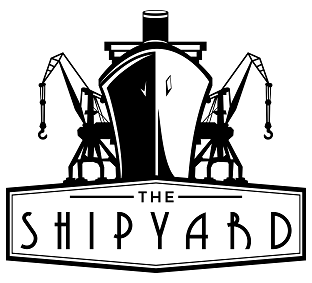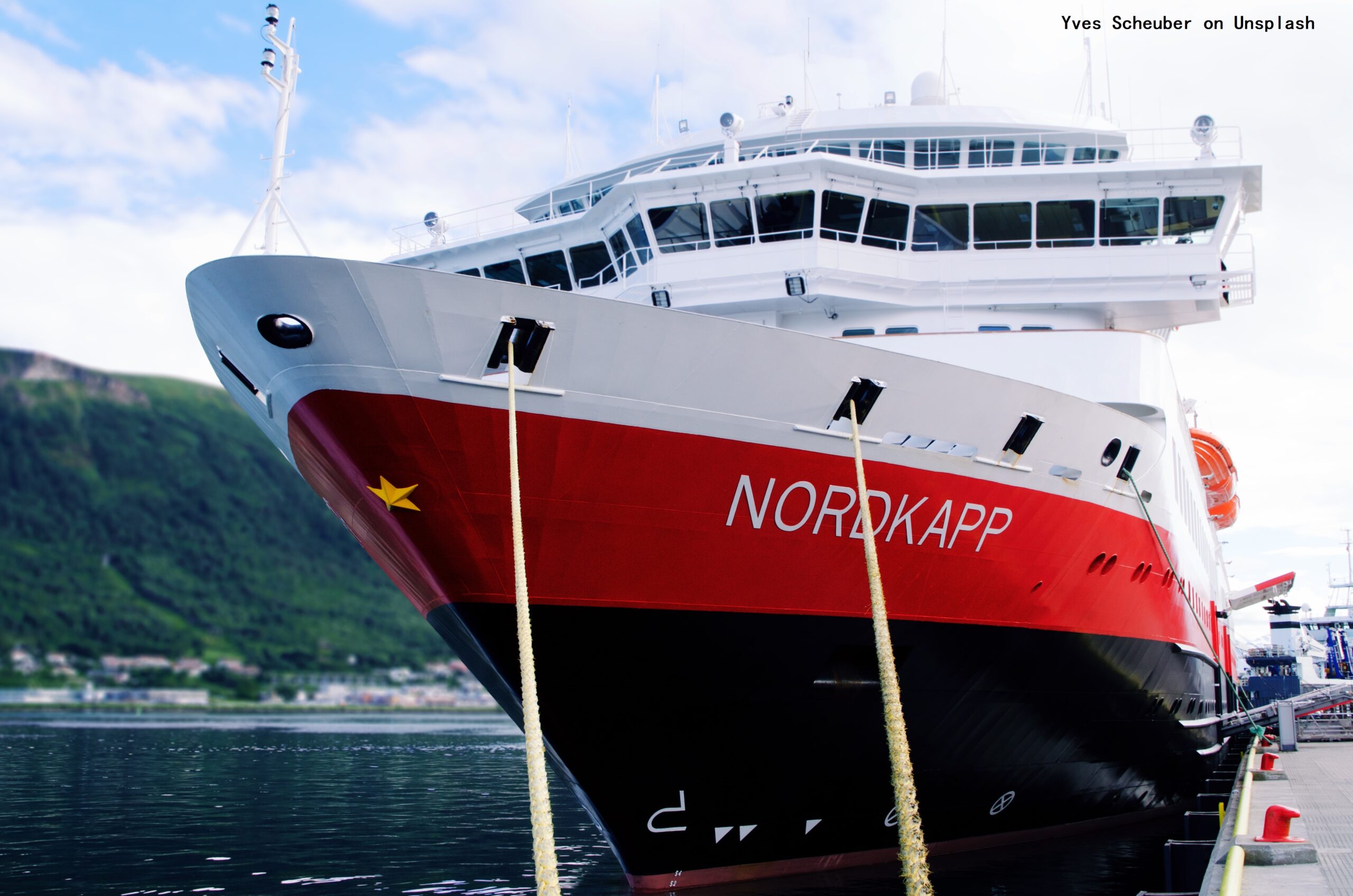9. The Vapur (Turkey)
Could this be the shortest transcontinental crossing? It sure is a memorable one, for the public ferry across the Bosporus navigates around some of the most prominent historic sites of the Old World.
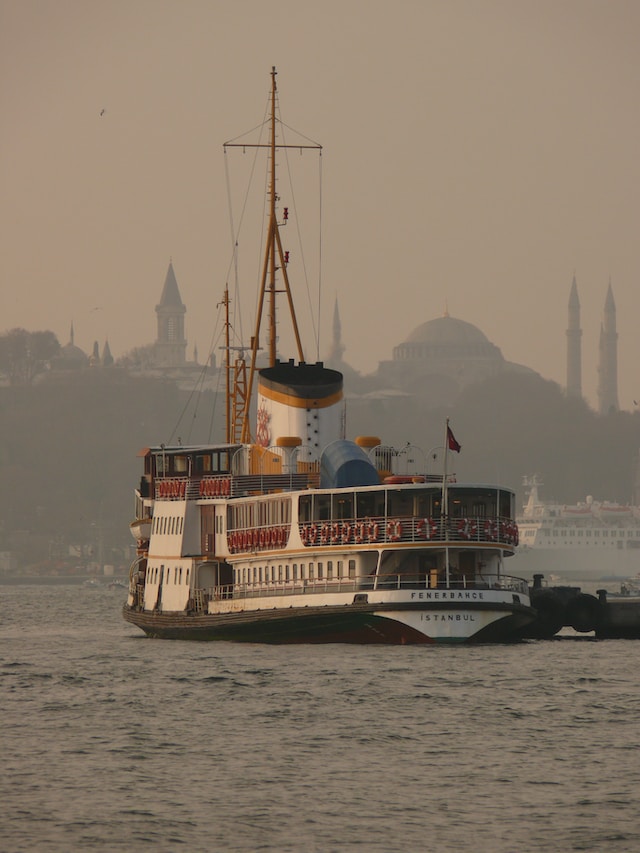
Departing from Fatih (home of the Hagia Sophia, Grand Bazaar, Blue Mosque, and Topkapi Palace), the vapur (or “steamer”) heads toward Üsküdar, an Ottoman architectural jewel crowning the Asian shore. Minutes before arrival, the boat passes near the fabled Maiden Tower, with the ancient European skyline in the distant background.
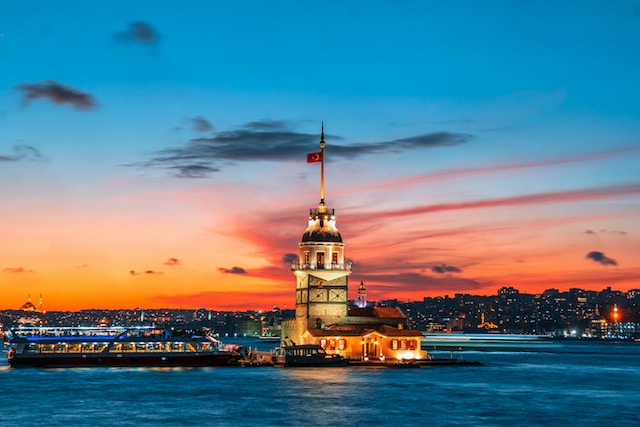
Traditionally designed and built by Fairfield Shipbuilding and Engineering Company in Glasgow, Istanbul’s formidable passenger fleet has grown to be one of many symbols of the ancient metropolis. But more importantly, with only three bridges connecting the two continents, these charming vessels are a crucial transport link for the city’s 16 million inhabitants.
8. Vaporetto (Italy)
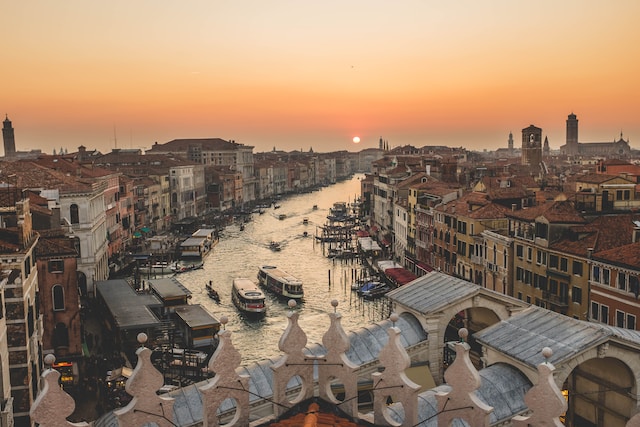
Technically a waterbus, the Venetian Vaporetto makes several stops along the route, as opposed to a classic ferry’s two. But petty details aside, this extraordinary commuter line has deserved its cult status across the globe. Not only is Venice among the world’s man-made wonders, but its public boat system allows the most panoramic view to it.
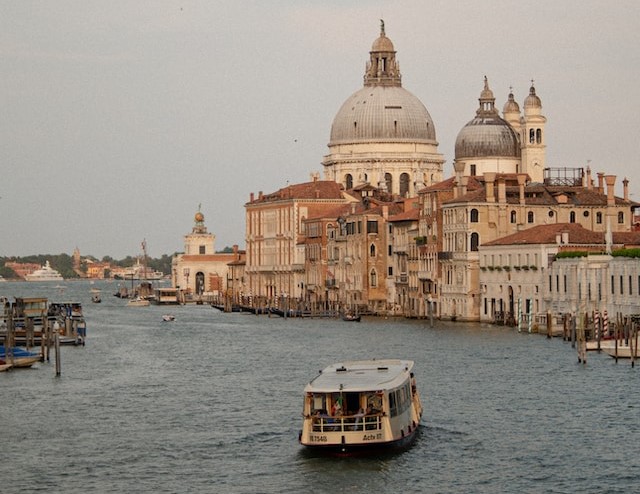
Connecting numerous points all over the islands, the 19 lines of the Vaporetto are deeply embedded in local culture. The first regular steamer, Regina Margherita, built by Compagnie des Bateaux Omnibus, was launched in 1881, to the horror and outrage of local gondoliers. As it turned out in the following 140 years, they need not have bothered – both waterbuses and traditional gondolas cohabit the crowded Grand Canal to the present day.
7. Thames River (United Kingdom)
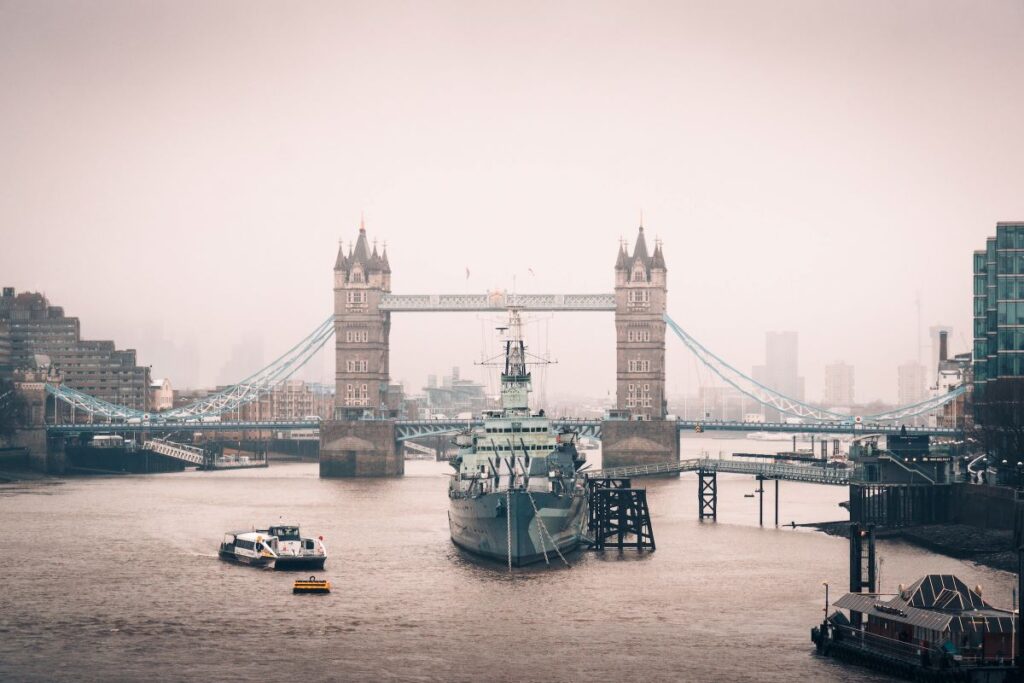
For many centuries, London has remained an urban maze, served by a transport network that is both fascinating and terrifying. With so many iconic vehicles buzzing around, few people know this system also includes a ferry on the Thames, offering a faster way to cross the city, as well as unobstructed views to the most popular sights.
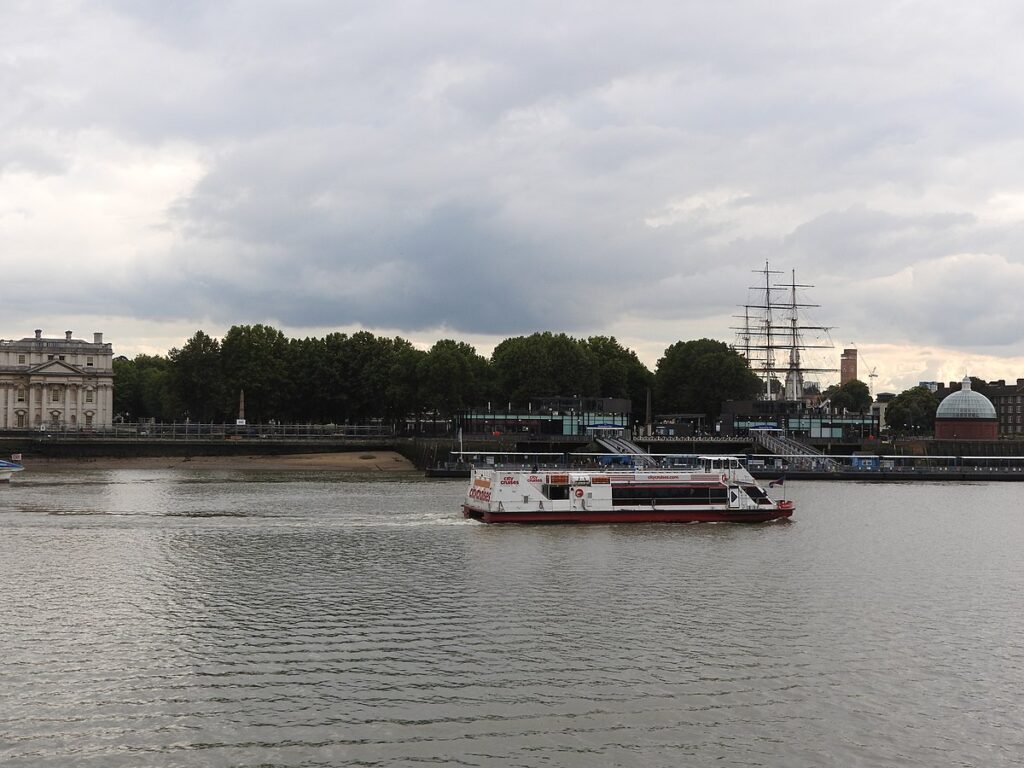
And while the panorama features well-known buildings such as the Parliament, Big Ben, the Tower of London, and Tower Bridge, ship enthusiasts could be more thrilled by the mighty cruiser HMS Belfast, the legendary tea clipper Cutty Sark, and the beautiful reconstruction of Sir Francis Drake’s galleon The Golden Hinde.
6. Hurtigruten Coastal Express (Norway)
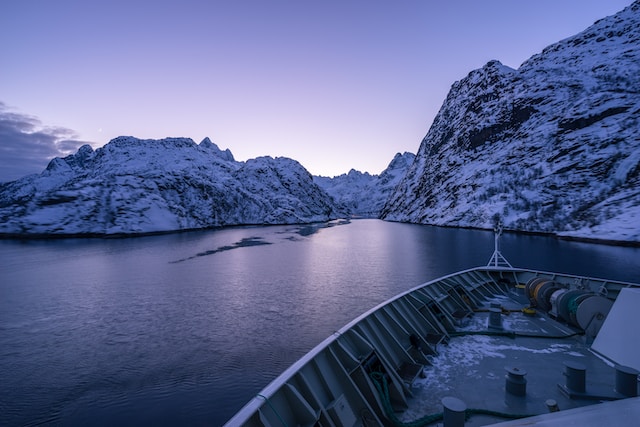
The world recognizes the name Hurtigruten for their adventurous and scenic Norwegian cruises, but few people know that locals have been using the rugged vessels as ferries for decades. To begin with, the same fjords that give the Norwegian coastline its stunning panoramas have also hurdled the development of an efficient road network, especially before the country’s oil boom. When we also consider the unfavorable climate and sparse population, the most rational mode of transportation north of the Arctic Circle often remains the mighty Hurtigruten cruiser.
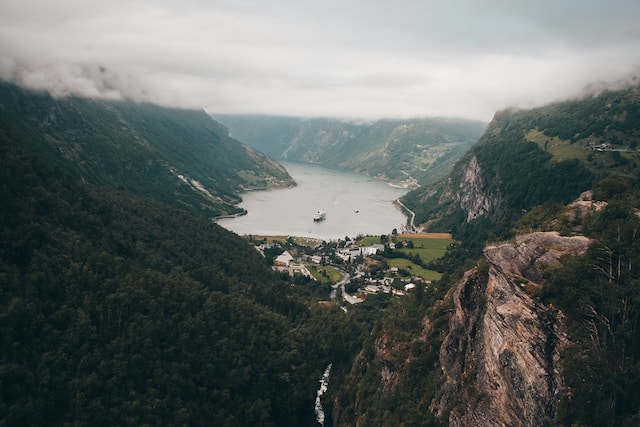
Before gaining international renown for leisure voyages, the company operated a regular bus-like service for passengers and cargo along the coast. Founded in 1893, Hurtigruten translates from Norwegian as “express route” – an understatement at the time, since their steamers offered not just the fastest but sometimes the only way to get around in these beautiful but unforgiving lands. Even today, while most tourists book the complete scenic journey between Bergen and Kirkenes, locals hop on and off at the many stops in between. Regardless of how you plan your voyage, freshen up your Norwegian and make sure to bring enough warm clothes.
5. Isle of Wight Hovercraft (United Kingdom)
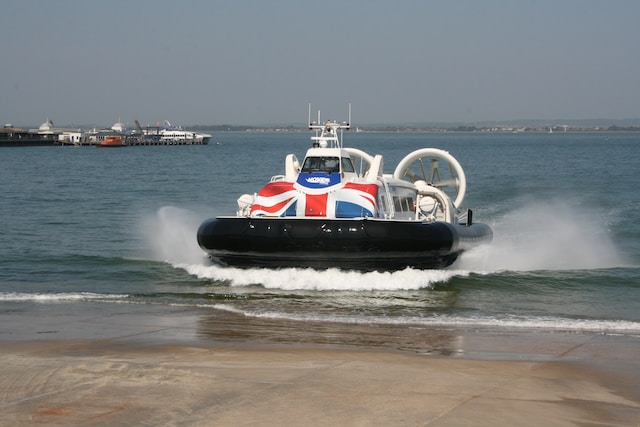
Southampton boasts one of the few remaining hovercraft ferries in the world, operating between Southsea and the Isle of Wight. The last of a noble line of pioneering British hovercraft, the Saunders-Roe SR.N6 reaches top speed of 50 knots (93 km/h), powered by a 1,050 hp Rolls Royce Gnome turboshaft engine. Thus endowed, the fascinating vehicle (no, not a vessel) makes the crossing in just 10 minutes. And if flying (no, not sailing) on the hovercraft as a passenger is too pedestrian for you, the company is sometimes on the lookout for new pilots (no, not captains), so it might be worth checking their job ads.
4. Stockholm (Sweden)
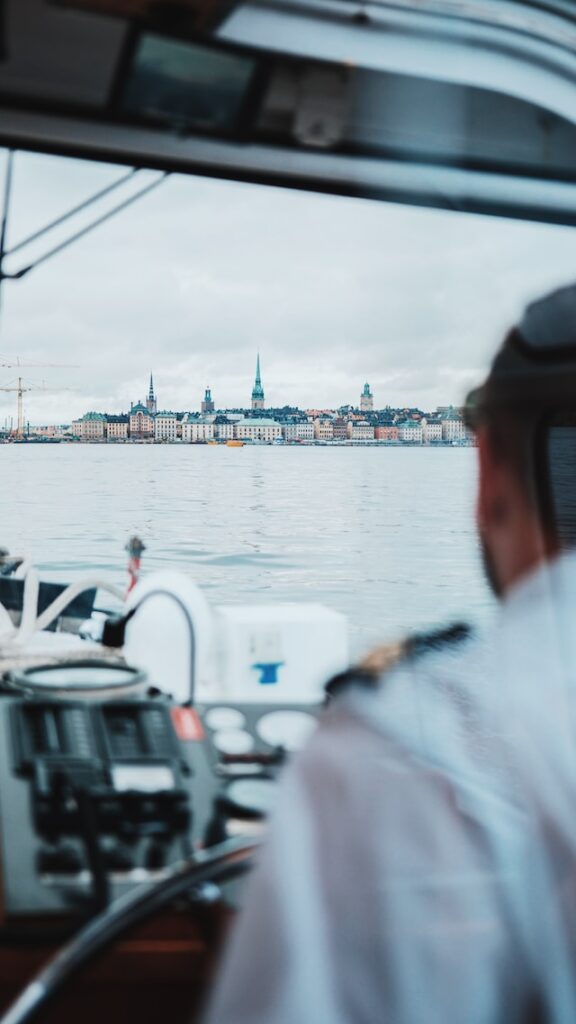
As much as we hate tacky tourist clichés here, “Venice of the North” is a fitting nickname for Stockholm. The lovely Swedish capital is not only built on 14 islands but also has a marine transportation system that gives the Venetian Vaporetto a run for its money.
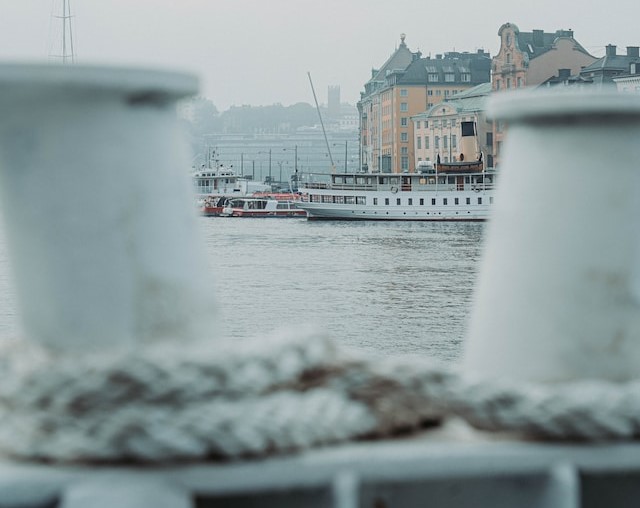
The ferry terminals are located at numerous key locations, covering the most frequented locales for both locals and tourists. The Stockholm Slussen Kajen brings you to the central Stortorget Square, the Klara Mälarstrand offers a panorama to the stunning City Hall (where the Nobel Prize ceremony takes place), and the Allmänna Gränd is meters away from the Vasa Museum, home of the authentic wreck of a 17th century warship, salvaged in 1961 from the bottom of the Baltic Sea. And speaking of the Allmänna Gränd Terminal, just behind it is the ABBA Museum… Don’t judge.
3. Split to Dubrovnik (Croatia)
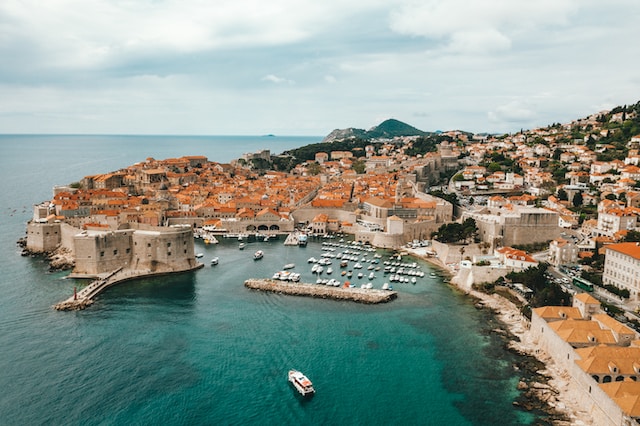
One of the oddest historic cities in Europe, Dubrovnik is also one of the most picturesque. Founded by the Romans, later inherited by the Byzantines, conquered in turn by Serbs, Venetians, French, Austrians, and again the Serbs, the pearl of the Adriatic was a longtime naval power and trading mogul. One result of this is the city’s fabulous architecture, which attracts millions of visitors every year, flocking in by air, land, and sea. Yes, sea. The most spectacular way to arrive in Dubrovnik is the ferry from Split, another remarkable coastal city on the Adriatic.
2. Islands of the Aegean (Greece)
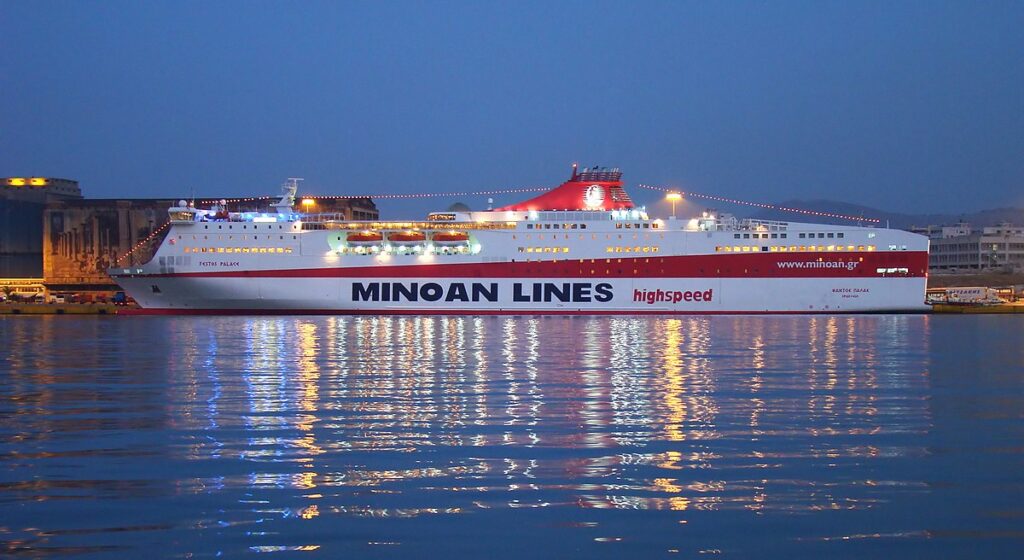
Few regions in the world can rival the ferry system of the Greek Islands. With dozens of connections all over the Aegean and Ionian Sea, this mind-blowing network can haul scores of tourists (and many locals) all throughout mankind’s most ancient maritime cradle. And while air connections in the region are still somewhat lacking, passenger vessels are top-of-the-line, linking Piraeus and Thessaloniki with several scenic archipelagos.
1. Seyðisfjörður – Tórshavn – Hirtshals (Iceland/Faroe Islands/Denmark)
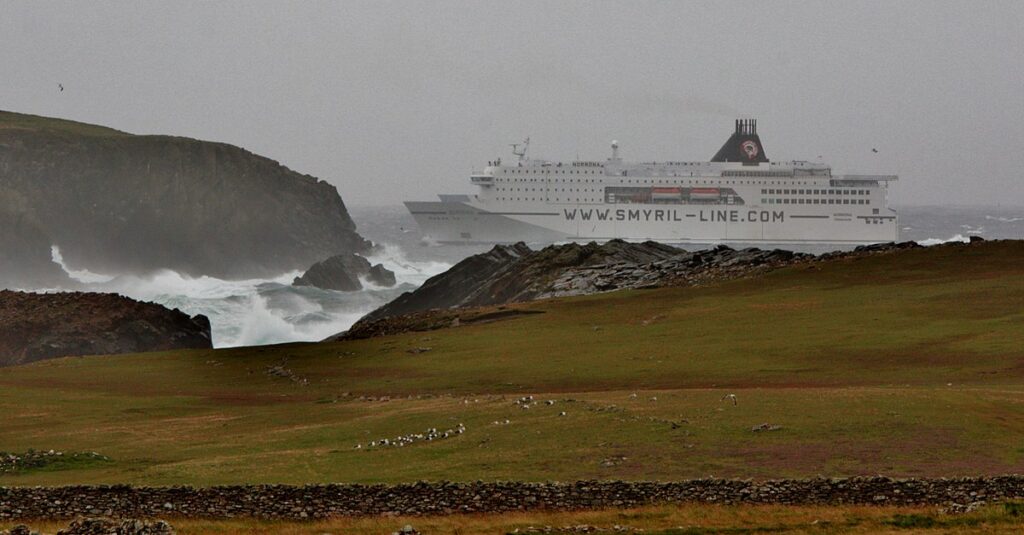
The perfect vessel for this journey would have been a longship with a dragon head, but the German-built MS Norröna cruiseferry is a solid second choice. Even without the dragon head, she is easy to recognize from afar – in addition to the characteristic wave breaker at the stern, she has little to no competition in the rough waters surrounding the Faroe Islands. As the Faroes’ largest ferry, she is a vital link between the remote archipelago, Iceland, and the European mainland. So, if you ever find yourself up north with time to spare, tie your beard into a braid, get your horned helmet ready, and off you go. Sorry, no axes allowed in your carry-on.
The Shipyard
